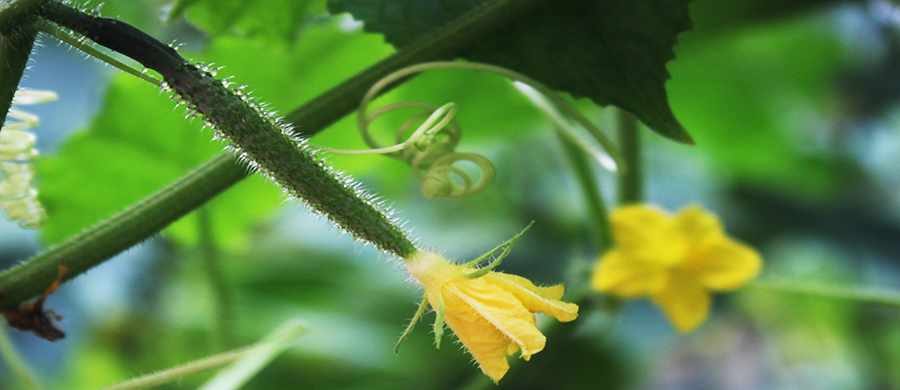MU Xuejiao, ZHANG Qiang, WU Yan, WANG Xuejuan, ZHANG Yuanbing
In order to explore the intrinsic mechanism of exogenous carbon monoxide (CO) improving the germination and growth of cucumber seedlings under drought stress. Cucumber Xinjinyan 4 seeds were pretreated with the CO donor,hematin (0.01 mol/L),and their germination,nutrient absorption ability,plasma membrane stability,osmotic adjustment substance content,hydrolase activities and isoenzyme expression under drought stress simulated by 10% polyethylene glycol 6000 were investigated. The results showed that,under PEG stress,exogenous CO improved the germination potential,germination rate,root length,hypocotyl length and fresh weight of cucumber seeds,promoted imbibition of cucumber seeds,enhanced root activity,significantly decreased plasma membrane permeability and malondialdehyde (MDA) content,and increased the contents of soluble protein and soluble sugar. Meanwhile,the results also demonstrated that exogenous CO apparently up-regulated the activities of amylase and esterase and their isozyme expression. Compared with the PEG treatment,the root activity,soluble protein and soluble sugar content,amylase and esterase activity of PEG+CO treatment increased by 12.57%,5.84%,32.56%,9.87% and 48.87%,respectively,MDA content decreased by 25.81%. These results suggested that exogenous CO could improve the adaptability of cucumber seeds to drought stress by enhancing the nutrient absorption ability of cucumber seeds,protecting the stability of cell membrane system,improving osmotic adjustment ability,enhancing the hydrolase activities and their isozyme expression,and consequently induce the germination and growth of cucumber seeds under drought stress.
